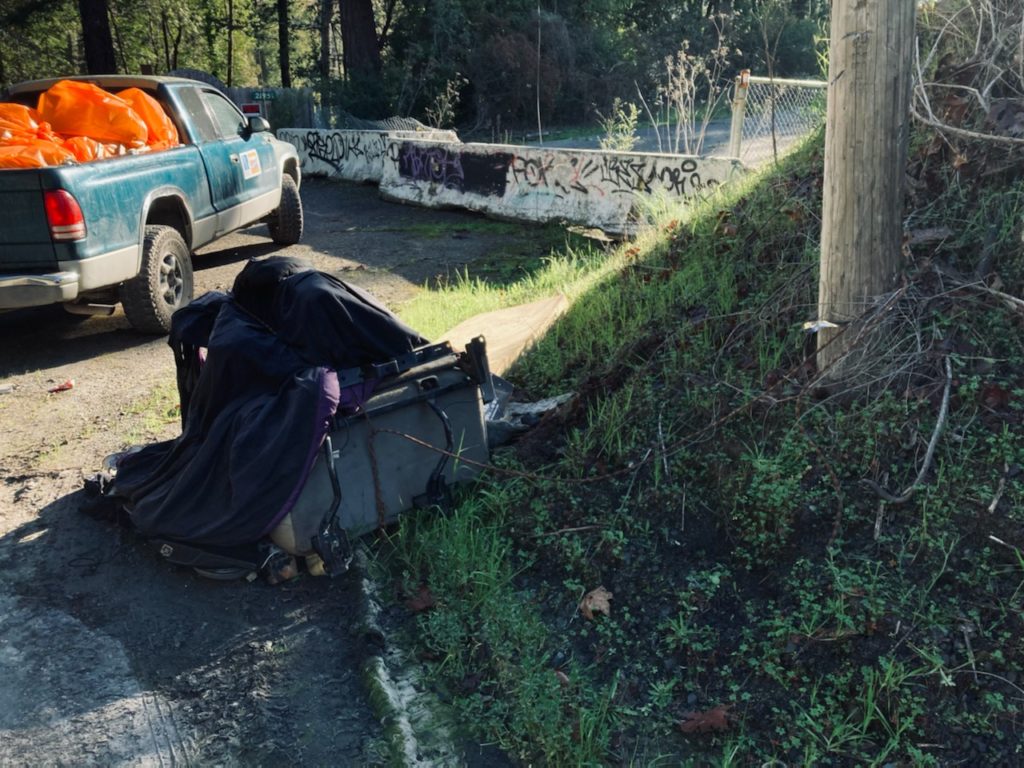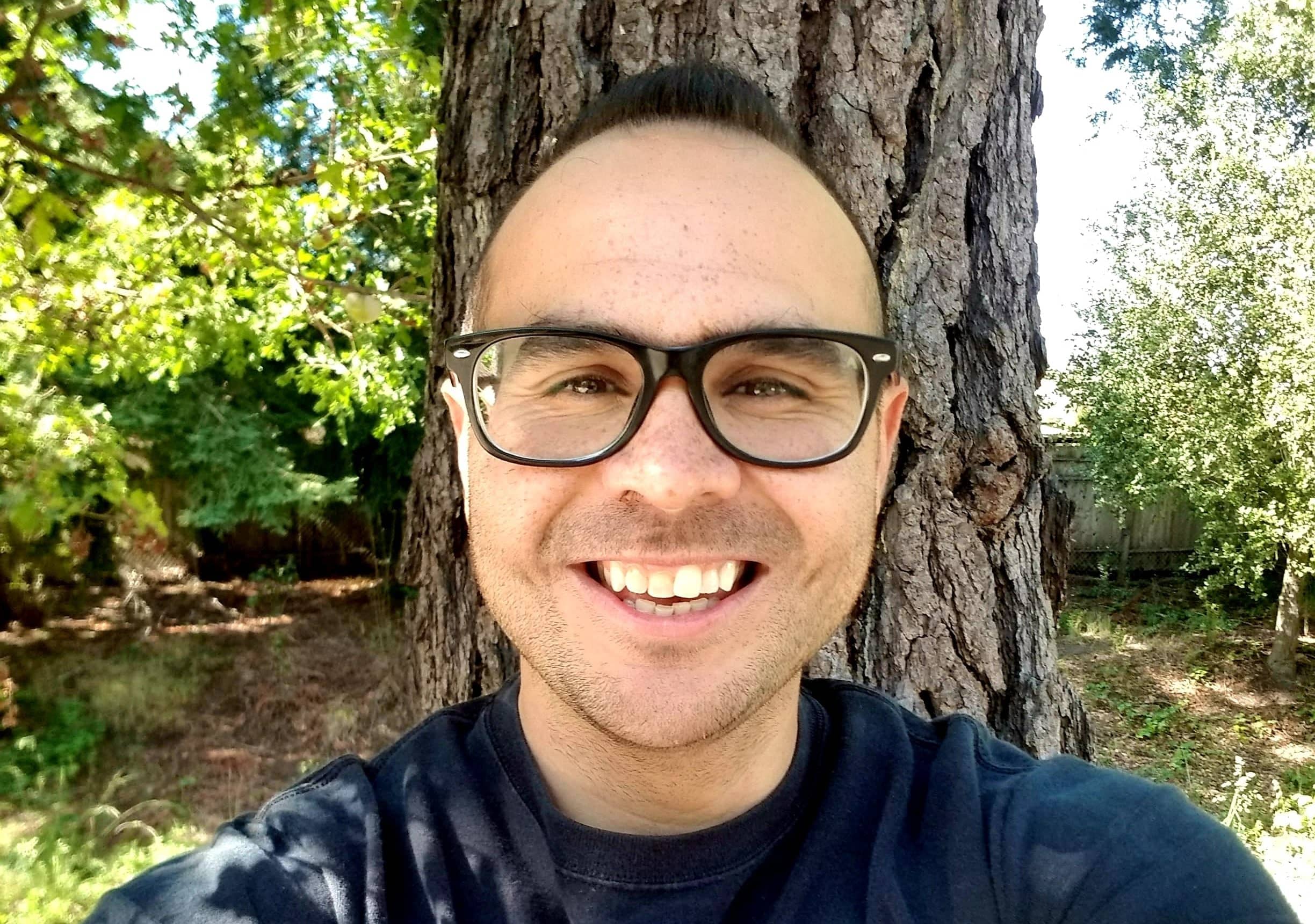
Five years ago, Aaron Boice went for a bike ride on the Prince Memorial Greenway Trail in Santa Rosa when he came across a woman collecting trash. Impressed by the deeds of this Good Samaritan, Boice exchanged contact information with the woman—a member of the Clean River Alliance. A few weeks later, he found himself removing trash from the Santa Rosa Creek. Boice finished his first creek cleanup with what he calls a “volunteer high.” Born and raised in Santa Rosa, the 50-year-old Boice possesses a deep civic pride for Santa Rosa Creek. “I was taught that trash was bad from a young age. I had the pack-it-in, pack-it-out mentality drilled into me,” says Boice. “I do a 10-mile bike ride from my door along the creek, but I hate looking at trash. I feel like it’s my duty to clean it up for animals and everyone to enjoy.”
Santa Rosa Creek flows 22 miles from the Mayacamas Mountains to Laguna de Santa Rosa. The stream is a significant watershed in Sonoma County as a natural habitat for wildlife species such as the western pond turtle, river otter and tiger salamander. According to Boice, those who cleaned the creeks over the years began noticing the disappearance of tadpoles in the local ecosystem. “If more people were aware of how street trash is tied into our environment, I think it would go a long way to reduce litter,” says Boice. “The connection of local water is very fluid. Whatever flushes off city streets gets into city water systems,” he says. “It’s all connected, from street water, to creek water, to river water.”

Boice regularly attends a cleanup every third Saturday of the month at Santa Rosa’s Olive Park, and ventures out on his own as often as he can. “It’s like fishing and treasure hunting, you have similar gear and you’re looking for something to grab,” he says. “It’s a nice recreational activity out in nature.” According to Boice, Santa Rosa Creek accumulates the most trash from day use and storm drain outlets. He notes that single-use plastics pose the biggest challenge and that California’s Proposition 67 (SB 270) ban allowing stores to provide paper or reusable plastic bags for a minimum of 10 cents, made a positive effect. “When I started regular cleanups, I was surprised to see so many plastic water bottles and wrappers,” Boice says. “Dorito wrappers for some reason outnumber any other wrappers I find.”

The Russian Riverkeeper
Carol Shumate has thrown away a lot of trash. Hence the nickname, “Trash Barrel Carol.” Shumate grew up in Pasadena, at the base of the Angeles National Forest and relocated to Sonoma County in the early 2000s. Earlier this year, Shumate took on the directorship of the Russian Riverkeeper Clean Team, after serving as a volunteer since 2010. The group organizes public cleanups throughout the Russian River watershed. Since 2015, the team has removed more than 2 million pounds of trash from the Russian River. The pandemic dealt a two-pronged blow to the organization, which suspended fundraisers and suffered the loss of full-time and part-time staff members. “When you’re the only one doing this, with a list of 27 sites of trash that need to be addressed, you have to pick and choose your battles,” says Shumate.


This year, the Russian Riverkeeper team’s focus is to recruit more volunteers to replace those who were lost due to the initial fallout of the pandemic. Shumate recalls a recent trash pickup along Santa Rosa Creek with two other people. “We pulled out 350 pounds of trash and didn’t even make a dent,” she says. “The amount of trash in the Santa Rosa Creek is horrible.” She stresses that by removing trash from local watersheds, it reduces the amount of trash flowing into the ocean. “We’re not out here looking for trash to collect,” says Shumate. “We’re out here looking for a solution to the problem.”

Author
-

Michael moved from Southern California to the North Bay in 2017, enrolling at Santa Rosa Junior College to pursue journalism and escape traffic. He was Co-Editor-in-Chief of the student paper. His work is published in The Press Democrat, The North Bay Bohemian, Pacific Sun and Sonoma Magazine.
View all posts



